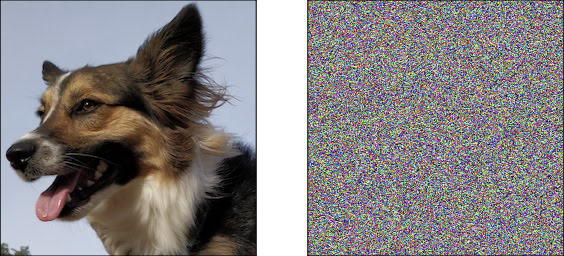There are several other great works in this area:
Diffusion Illusions,
by Ryan Burgert et al.,
which produces multi-view illusions, along with other visual effects, through score distillation sampling.
This colab notebook by
Matthew Tancik,
which introduces a similar idea to ours. We improve upon it significantly in
terms of quality of illusions, range of transformations, and theoretical analysis.
Recent work by a pseudonymous artist, Ugleh,
uses a Stable Diffusion model finetuned for generating QR codes to produce images whose global structure subtly matches a given template image.
Factorized Diffusion,
follow up work to Visual Anagrams which makes many different types of "hybrid" illusions, including
hybrid images with three different contents, partially resolving an open problem from the
original hybrid images paper (see section 2.3).
Images that Sound,
which creates spectrograms that also look like images using a similar technique, but across modalities.

